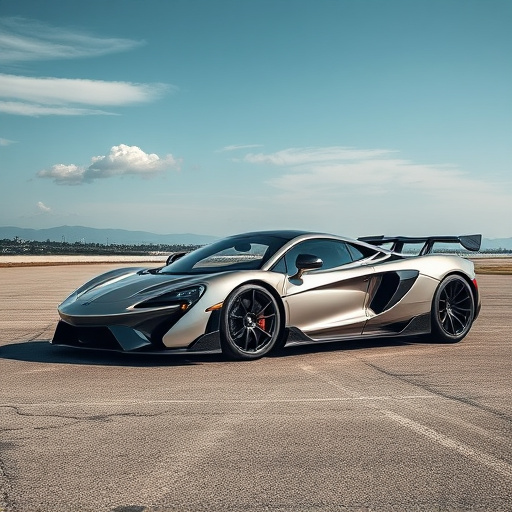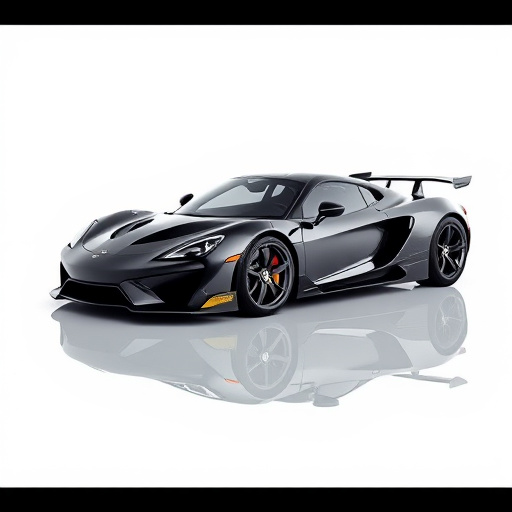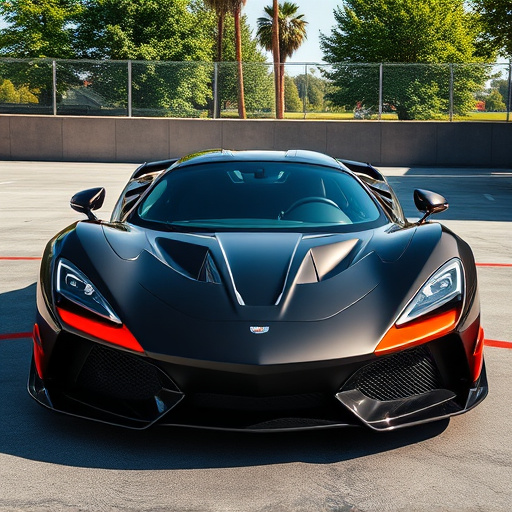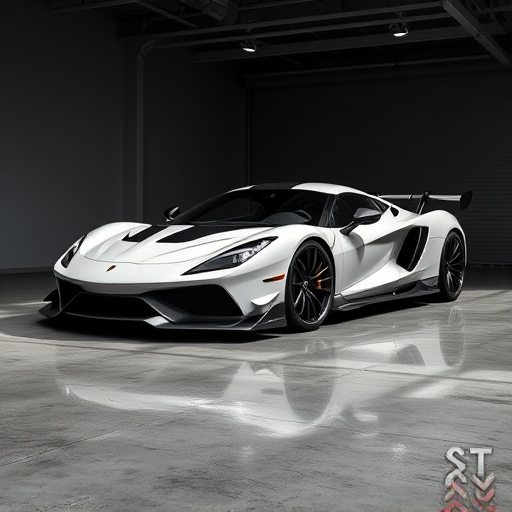Intercoolers and cold air intakes (CAI) are essential upgrades for turbocharged vehicles, enhancing performance by cooling compressed air and drawing in cold, clean air. CAIs, when compatible with turbochargers, improve turbo response and overall vehicle performance. Key factors for selecting a CAI include optimal turbo compatibility, efficient air delivery, material choices, and proper sealing to prevent leaks. Integrating these components strategically ensures maximum cooling efficiency, preserving reliability and enhancing engine power output.
In today’s high-performance automotive landscape, maximizing engine output demands a strategic approach. One crucial component in enhancing turbo efficiency and overall vehicle performance is the intercooler system. This article delves into understanding intercoolers and their symbiotic relationship with cold air intake (CAI) systems. By exploring key compatibility factors and highlighting optimal component selection, we unveil strategies to unlock the full potential of your turbo, boosting both power and engine longevity.
- Understanding Intercooler and Cold Air Intake Systems
- Key Factors for Ensuring Turbo Compatibility Boost
- Maximizing Performance through Strategic Component Selection
Understanding Intercooler and Cold Air Intake Systems

Intercoolers and cold air intake (CAI) systems are crucial components for vehicles with turbocharged or supercharged engines, designed to enhance performance and efficiency. An intercooler is a heat exchanger that cools down compressed air from the turbocharger or supercharger before it enters the engine, allowing for more efficient combustion and boosting power output. By reducing the temperature of the intake air, an intercooler ensures that the engine receives cool, dense air, which can lead to significant performance gains, especially during sustained high-rpm operation.
Cold air intake systems, on the other hand, are designed to draw in cold, clean air from outside the vehicle’s cabin or engine compartment, bypassing the warm, dusty air that typically enters through the stock intake. This cold air provides a boost in power and fuel efficiency by ensuring that the engine receives the optimal amount of oxygen, enhancing combustion. When paired with a turbocharger, a CAI system can improve turbo response and overall performance, making it an attractive upgrade for car enthusiasts looking to maximise their vehicle’s potential. Ensuring compatibility between these systems is essential, as improper integration can lead to reduced performance or even damage to the engine components.
Key Factors for Ensuring Turbo Compatibility Boost

When seeking a cold air intake (CAI) for your turbocharged vehicle, ensuring optimal turbo compatibility boost is paramount. Key factors to consider include the CAI’s ability to deliver sufficient cool air to the turbocharger, maintaining efficient compression ratios, and aligning with specific vehicle make and model requirements.
The right CAI should be designed to optimize airflow, minimizing restrictions that could hinder turbo performance. Compatibility also hinges on material choices; aluminum intakes are popular for their lightweight properties, reducing stress on the turbo while ensuring excellent heat dissipation. Additionally, proper fitting and sealing are crucial to prevent air leaks, which can negatively impact turbocharger efficiency.
Maximizing Performance through Strategic Component Selection

To maximize performance in vehicles equipped with turbocharged engines, strategic component selection is key. One often overlooked but critical component in this setup is the intercooler. The right intercooler can enhance cooling efficiency, ensuring that the turbocharger operates within optimal temperature ranges. This is crucial for boosting engine power and maintaining reliability, especially during intense driving conditions or when pushing the vehicle’s limits.
When considering intercooler compatibility, it’s essential to match the chosen cold air intake (CAI) system with an intercooler designed for turbo compatibility. This ensures seamless integration, allowing for efficient airflow and rapid cooling. For instance, a high-flow CAI meant to deliver more cool air to the engine should be paired with a top-tier intercooler capable of handling the increased charge density without compromising performance or causing heat-related issues.
When optimizing your vehicle’s performance with a cold air intake (CAI) and turbo setup, ensuring intercooler compatibility is key. By understanding the interplay between these components and selecting the right parts, you can achieve a significant turbo compatibility boost. Strategic component choice, considering airflow, material, and design, allows for maximized performance gains while maintaining reliability. Remember, a well-integrated system that harmonizes CAI, turbocharger, and intercooler will unlock the full potential of your engine, providing both efficient power delivery and longevity.














